Context
Smoking is common in India, with about 11% of the world’s tobacco smokers residing in the country. Many smokers start in their youth, putting them at higher risk for developing tobacco-related diseases in adulthood. Web-based approaches offer a promising opportunity to reach young people with smoking prevention interventions, but evidence of their effectiveness in middle- and low-income settings is limited. In this study, the authors evaluate the impact of an online, interactive program called A Smoking Prevention Interactive Experience (ASPIRE) among a group of students at an urban university in India in 2019.
Intervention
ASPIRE is a web-based, interactive, multimedia program with five modules that teach users about the risks of tobacco products (cigarettes, e-cigarettes, hookah, and marijuana) and encourage a tobacco-free lifestyle. It has been extensively studied in high-income countries and endorsed as a “research-tested intervention program” by the National Cancer Institute. It takes about four hours to complete the full program, after which a certificate is awarded to users. In this study, the program was made available in desktop computers in the university computer lab. Participants were encouraged to use ASPIRE for an hour each week for five weeks.
Evaluation
Design:
The study took place from July to August 2019. Outcome measures were collected via a web-based questionnaire completed by participants in the computer lab at baseline and again immediately after the intervention. Each participant served as their own control (single-subject, pre-post cohort study). No known teachers and university staff were present for either questionnaire, with supervision being provided by unknown field assistants to ensure anonymity. Outcomes of interest included knowledge about tobacco, cognitive susceptibility to tobacco use, and curiosity about using tobacco.
Sample: Students from Amity University ages 17-20 years were invited to participate. Out of 145 students who were recruited, 103 (71%) provided informed consent and completed the baseline and postexposure questionnaires. The sample had an average age of 18.3, and slightly more than half (53%) were male. At baseline, almost one in five students reported ever using cigarettes and 14%-18% were curious about various aspects of tobacco products, such as their taste and feel. About 54% of the sample had close friends or family that used tobacco products.
Results
At endline, participants’ knowledge of tobacco risks increased, and a larger share said they intended to adopt tobacco-free norms. In addition, 97% scored 70% or higher in the knowledge test, compared to 70% at baseline. Cognitive susceptibility to tobacco use also decreased over time, from an initial range of 10%-18% to 0%-2%.
Limitations: The convenience sample and small number of participants limit the generalizability of the results. In addition, smoking behaviors were self-reported and not verified by any biological measures. Another limitation was that ASPIRE had only been tested in the United States with native English speakers, and many of the Indian students noted their preference for an adapted version.
Conclusion
The authors were able to demonstrate the effectiveness of the online ASPIRE program in increasing knowledge about the risks of tobacco use and reducing susceptibility to different tobacco products among students at an urban university in India. The improvements observed in cognitive susceptibility are particularly promising, as the measure is a strong predictor of eventual tobacco use among young people. India could benefit from an intervention like ASPIRE to target youth, as the country has observed a rise in smoking prevalence.


